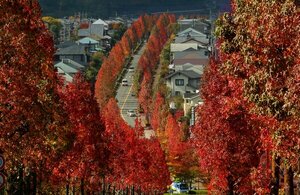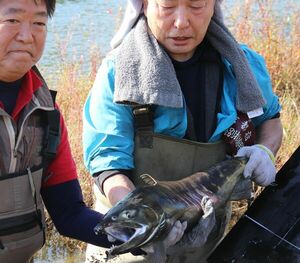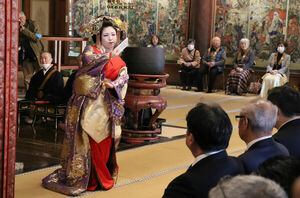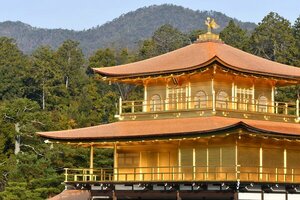On the 16th of August in the late summer, the Daimonji Gozan Okuribi lights up the night sky in a mysterious way. The people of Kyoto see the end of summer as the blazing flames disappear. The most well-known of these is Daimonjiyama (Sakyo Ward, Kyoto City). However, little is known about the time and origin of its establishment. Pursued the mystery of "Dai" wrapped in the darkness of history.
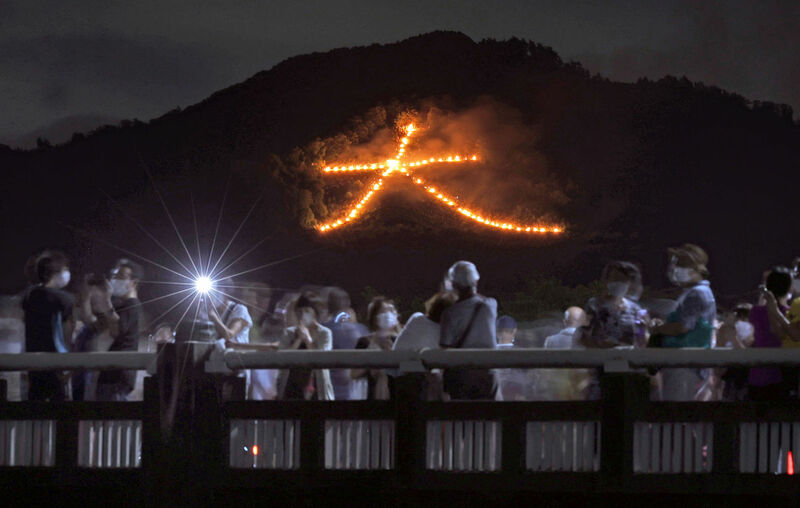
Okuribi first appears in historical documents in the early Edo period. This is recorded in the court noble's diary "Keicho Nikkiroku" dated July 16, 1603 (Keicho 8). At that time, we can see that there was a custom to light fires on the slopes of the mountain during the Bon season.
However, there is no description about the origin or history in the court noble's diary. It is also not certain whether the fire was in the form of a dai. In the latter half of the 1600s, a description of ``the uppercase letters in Jodoji Temple...'' appears in the topography.
Who, when, and for what. With only a few historical materials extant, researchers believe that social changes up to the Edo period hold the key to unraveling the mysteries of Dai.
Experts at the Kyoto Prefectural Archives estimate that Okuribi was established in the late Muromachi period. It was around this time that the system of local government for each village that sprouted in the Kamakura period stabilized and the power of each region strengthened. Bon festivals, such as the birth of the Bon festival dance, became more popular, and the ritual of lighting fires to appease the spirits of ancestors spread from homes to communities. Mr. Otsuka thinks that this large-scale “mando” may be the prototype of Okuribi.
Former professor Yukinobu Ueki of Kyoto Gakuen University, who has written an academic paper on the Okuribi, agrees with this view. I think there was Especially in 1477, when the Onin War ended, earthquakes, storms, floods, and fires occurred one after another. "For the people of the capital, it was unthinkable other than the vengeful spirits, and the rapidly growing sense of crisis must have made the 'Mando' gigantic and developed into a bonfire."
If the prototype of the Okuribi was a small tomoshibi that sent the spirits of ancestors to the underworld, why did it take the form of a large one?
According to the non-profit organization Daimonji Preservation Society, which inherits the fire bed, there is a local theory that Kobo Daishi rewrote the light emitted by Amitabha Buddha into the letter 'dai', and Yoshimasa Ashikaga died young. There are various legends, such as the theory that it started when a giant doll was drawn on the mountain in order to kill a child who died.
When I was searching for the roots, I came across "Dai" in Rakuchu. Rokuharamitsuji Temple in Higashiyama Ward. At the Manto-e held on August 8-10 every year to welcome the spirits of the ancestors, many dai appear in the main hall. One hundred and eight sets of wicks are arranged on a small round plate in the shape of the letter 'large' and set on fire. Place a shelf in the shape of the letter “large” in front of the principal image, and put a small plate with fire on it.
According to the temple, Manto-e started in the summer of 963 (Owa 3). “Dai” means “five greats”, which means the four elements of earth, water, fire, and wind plus the sky, which represents the great nature, and symbolizes the reverence for nature and the feeling of respect for ancestors. Some researchers believe that this meaning of 'big' gradually permeated the common people and became a hint for 'big' in Okuribi.
